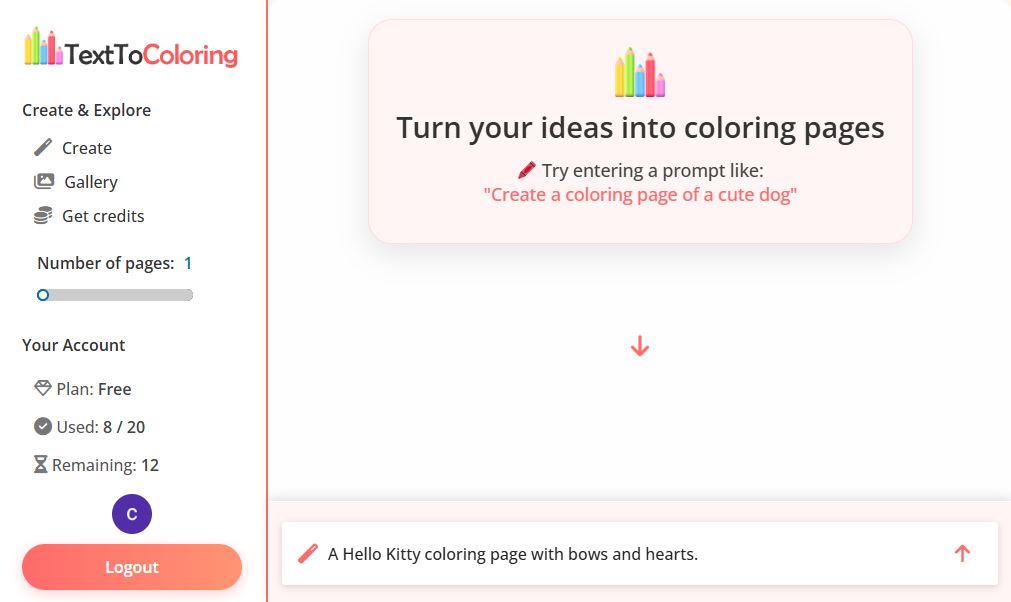Colored Pencils

Best for detail, fine textures, and layering.
- Technique: Start with light layers, keep pencils sharp, and build depth gradually.
- Common mistakes: Pressing too hard early - loses tooth for blending.
- Pro tip: Use burnishing with a white or colorless pencil to achieve a polished look.






